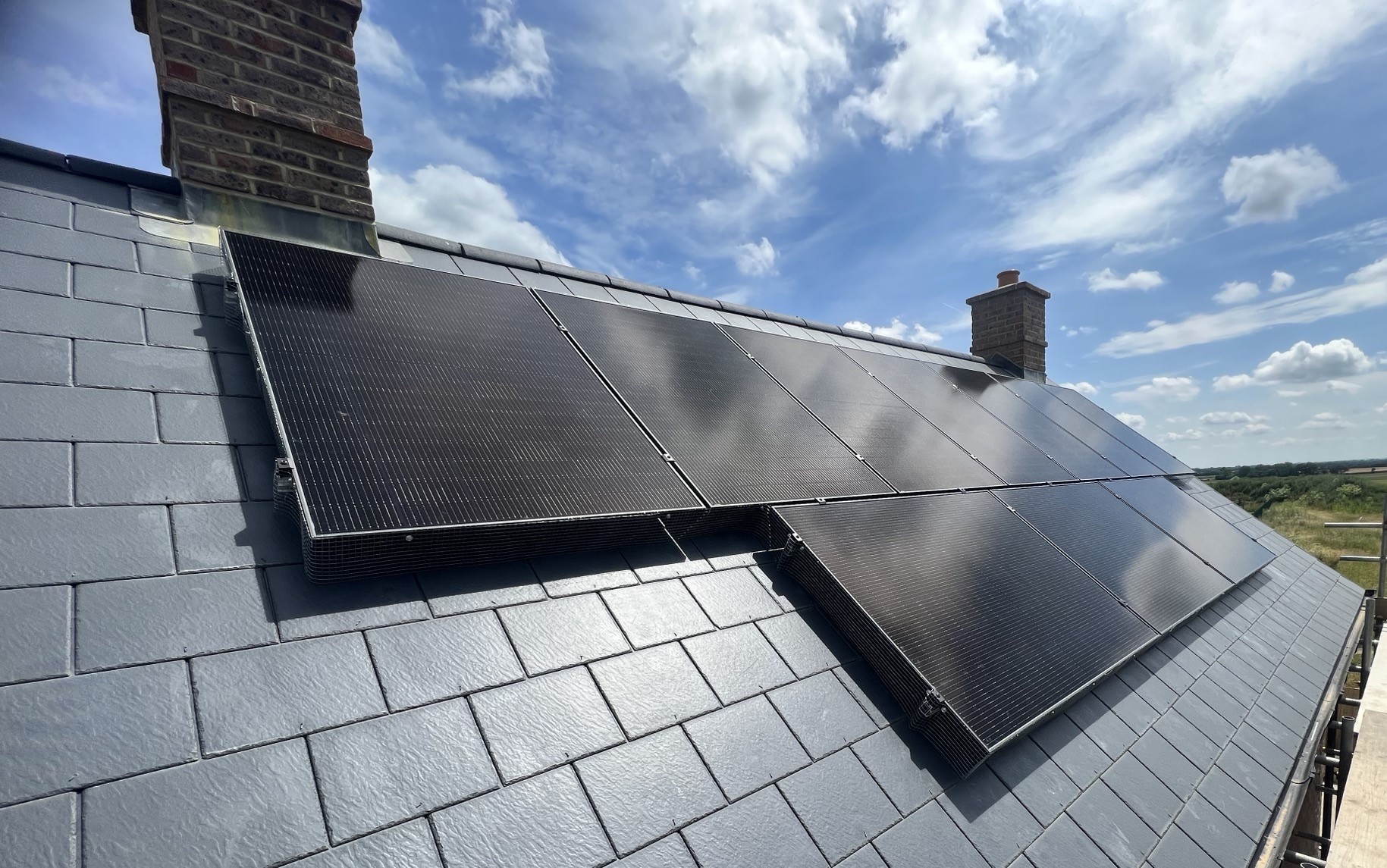Installing solar panels and battery storage is one of the smartest investments you can make for your home and family. When installed properly, solar can reduce energy bills, provide greater energy independence from the grid and even increase your property value in some cases. When installed incorrectly though, the results can be costly and frustrating.
Solar power isn’t something you simply order online and expect to work out of the box, it requires careful planning, expert design and professional installation to get the most out of your investment.
Here are the most common mistakes we see at SolarTherm UK – and expert advice on how to avoid them.
Choosing the Wrong Installer
The correct installer will make your system. A reputable company does more than just fit your panels and connect them up, they tailor design a system perfect for your roof, energy usage and future energy needs, taking into account any shading, roof orientation and roof pitch. Local specialists such as SolarTherm UK will provide you with the latest technology, rather than relying on a large stock of older panels bulk purchased and stored.
When choosing an installer always check their accreditations, at a bare minimum you want your installer to be MCS-certified and EPVS accredited. This will ensure your system is ready to go and your estimates are independently verified and not overinflated. Read customer reviews and ask to see recent installations. At SolarTherm UK we recommend taking your time to look over quotes, ask any questions you have and make an informed decision – any company that pressures you into making a decision with ‘limited time offers’ or encourages you to sign there and then are using hard-sell techniques, something SolarTherm UK will never use. Find out why SolarTherm UK is different here.
Oversizing Your System
Bigger isn’t always better. The bigger the system you install, the higher the cost of investment and the longer it takes to pay back. The optimal system will generate enough power to cover most of your usage and fill your battery for overnight use. A solar battery should fully cycle each day, oversized batteries leave unused capacity which sits idle or exports to the grid at a lower rate than using it in your home.
The most cost-effective approach is to match your solar battery capacity to your household consumption. Modular systems that can be expanded in the future offer the perfect balance between keeping costs lower at install and being able to grow.
Assuming Solar Works During a Power Cut
Many homeowners assume their solar panels will continue to supply to their home in the event of a power cut. Unfortunately this isn’t standard, unless your system has been designed with emergency backup in mind. If having emergency backup is important for you, ensure your solar installer is aware so they can advise on solar batteries that are EPS (Emergency Power Supply) ready and wire your system correctly so it is safe to use in the event of a power failure. To find out more about EPS read our dedicated article here.
Skipping Bird Protection
Bird mesh might be an optional extra, but without it, birds and small mammals (like squirrels and rodents) can nest under your panels and potentially cause damage to the panels, wiring and can become a persistent noise problem. Retrofitting bird mesh later is far more expensive and disruptive, so it’s far better to include it during your installation.
Missing the Chance to go In-Roof During a Re-Roof
If you’re replacing your roof, it’s the perfect time to consider solar panels and an integrated system. Integrated solar panels replace your roof tiles and fit seamlessly into your roof surface, reducing tile costs and improving aesthetics. Find out more about integrated solar panels here.
Assuming Microinverters or Power Optimisers are Better
For most unshaded roofs, a standard string inverter is more reliable, efficient and easier to install. Microinverters and power optimisers are useful if your roof experiences shading or has multiple orientations and pitches, but they add extra costs and more parts meaning there is more that can go wrong in the future causing additional maintenance expenses.
Ask your installer which would work better for your property and to show you performance comparisons with and without additional technology before making your decision. Read more about the different types of solar inverter here.
Expecting to Trade Electricity for Profit
Some homeowners are tempted to buy cheap electricity at night and sell it back during peak hours. While this is possible, at SolarTherm UK we wouldn’t recommend it – the financial benefits rarely outweigh the additional costs of a larger system. The Smart Export Guarantee pays at a lower rate than the previous Feed-in Tariff, meaning it is usually more effective to focus on using your generated electricity yourself.
Ignoring System Aesthetics
Your solar PV system is a long-term investment, the typical lifespan of a solar panel is 30 years or more, so appearance does matter. All-black panels, like our Bovill.tech panels with a 99-year manufacturer warranty blend more naturally with slate or dark roofs. Careful planning of cable routing and battery placement can make your system look sleek, modern and unobtrusive.
Summary
By avoiding these common mistakes, you will get the maximum return on your solar and battery investment. From choosing the right installer to correctly sizing your system, SolarTherm UK can provide free, honest, expert advice. A well-designed system should deliver savings, reliability and curb appeal and last for decades.
At SolarTherm UK we specialise in bespoke solar and battery solutions, designed to provide optimal performance and long-term peace of mind. Contact us today to start designing the perfect system for your home.
Your home. Your energy. Your future.





